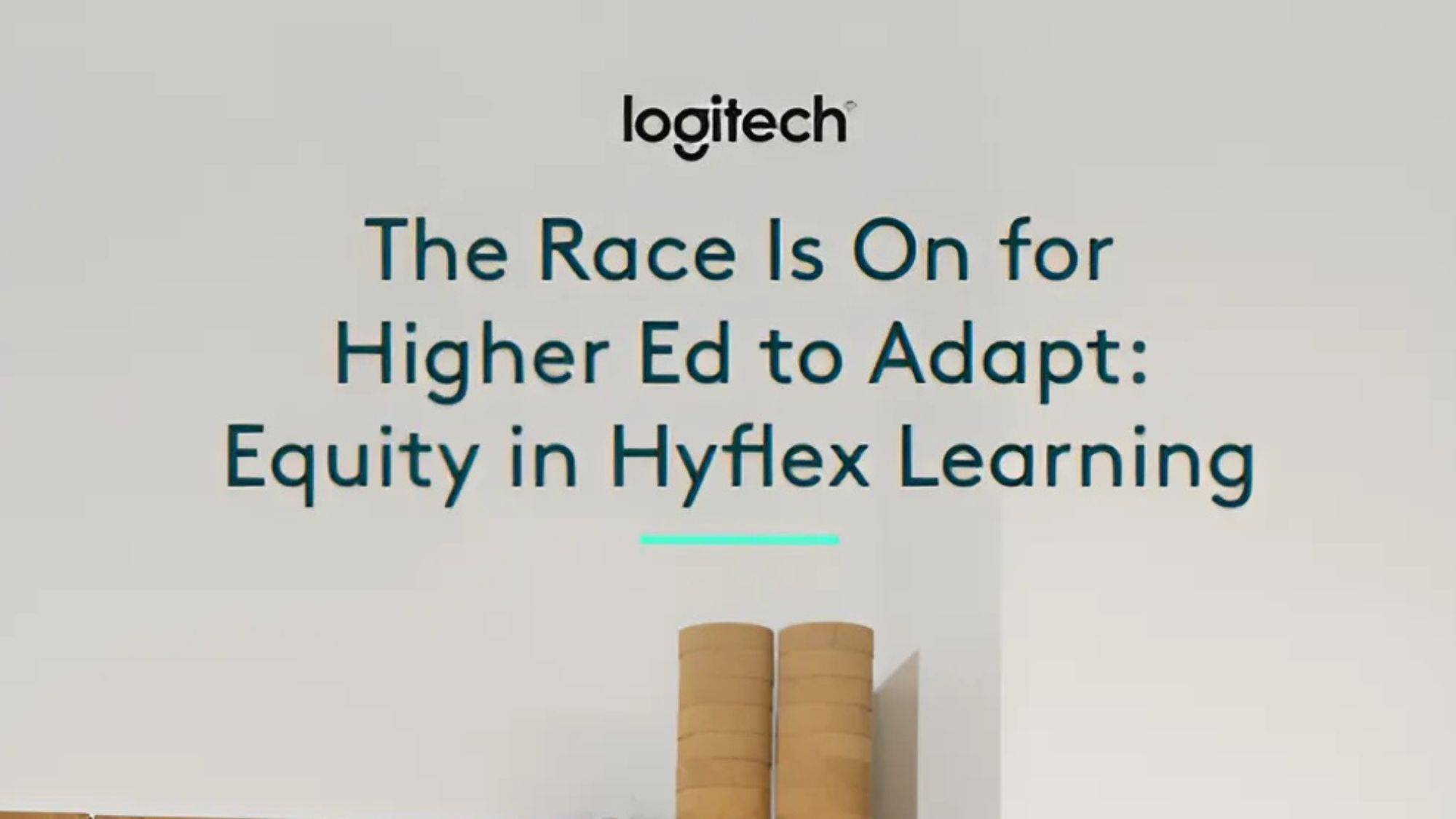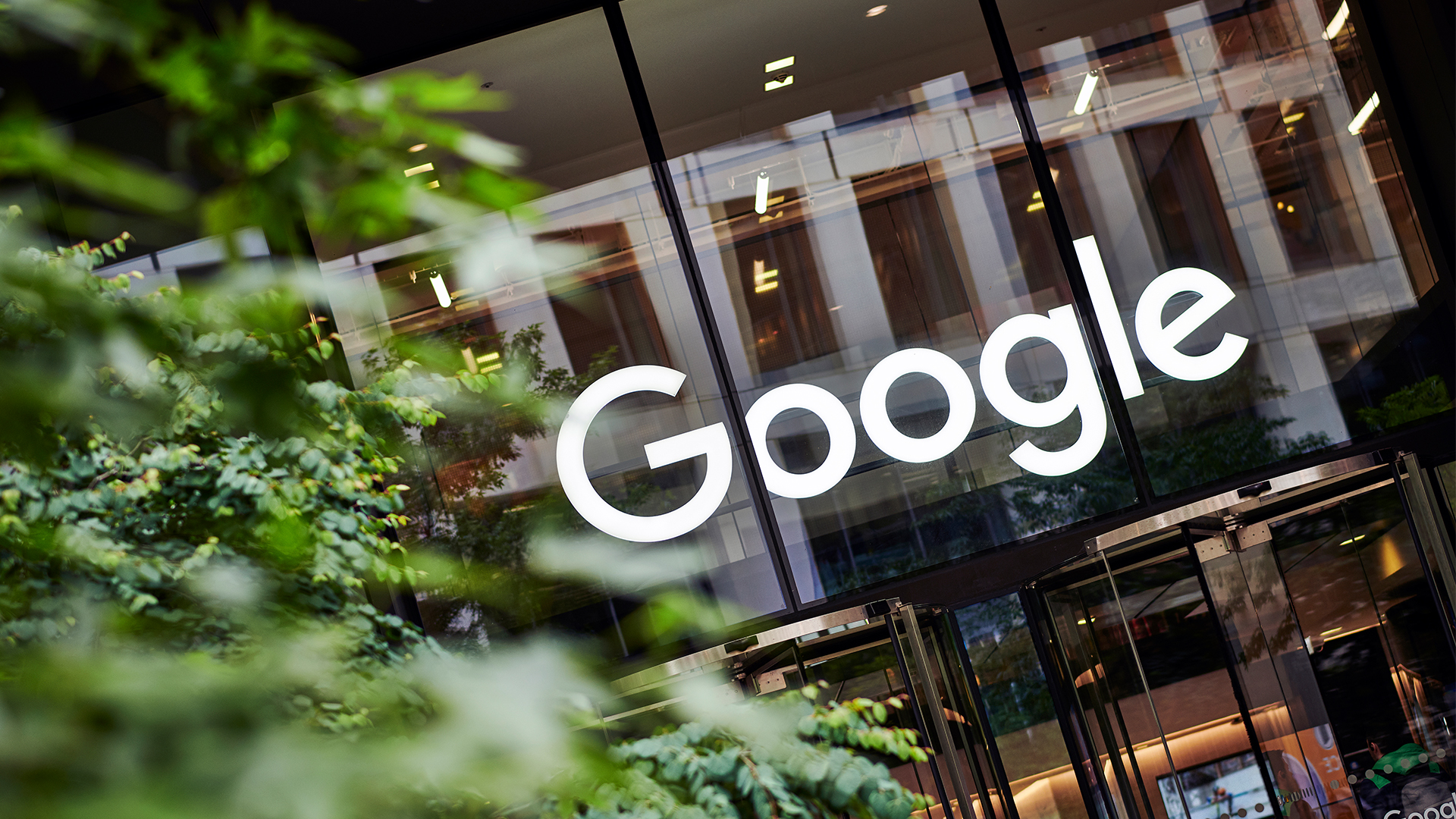Heirloom aims to move mainframe Cobol apps to the cloud
The start-up’s platform offers a way to port Cobol onto clouds via Java.


A new platform could allow developers to port legacy Cobol applications onto cloud computing services, it was announced today.
Cobol normally runs on mainframe computers, but the new ELPaaS platform from Heirloom Computing compiles Cobol applications, as well as others written for IBM’s CICS into Java code, which can then run on a cloud.
ELPaaS uses Heirloom’s Elastic COBOL IDE, which can run “as-a-Service” or on-premise, to quickly package, publish and deploy applications to their choice of target clouds.
The code can then run atop a variety of Java-friendly cloud platforms, such as CumuLogic, CloudBees, HP’s Public Cloud, Cloud Foundry, Stackato by ActiveState, Jelastic, Amazon’s Elastic Beanstalk, Amazon EC2, Red Hat’s OpenShift and Microsoft’s Windows Azure.
Mark Haynie, Heirloom Computing’s chief technology officer (CTO) said the technology behind ELPaaS is based on a “patented execution environment, [meaning] existing COBOL and CICS applications execute 100 per cent on the Java platform.”
“Not only does this mean that our customers can target a cloud of their choice, it also empowers enterprises to consolidate their existing application infrastructure to an open strategic platform that is proven and trusted for high-transaction workloads,” he added.
Heirloom Computing chief executive (CEO) Gary Crook said many enterprises have a massive investment in legacy applications that are the operational backbone and competitive differentiator of the business.
Get the ITPro daily newsletter
Sign up today and you will receive a free copy of our Future Focus 2025 report - the leading guidance on AI, cybersecurity and other IT challenges as per 700+ senior executives
“Being able to leverage those high-value trusted systems in cloud computing environments is a compelling alternative to expensive high-risk approaches such as rewrite or replace,” he said.
Analysts said while COBOL applications will remain viable for quite some time, there are alternatives that can be used to begin to encircle and modernise these applications.
“A gradual evolution to these distributed technologies enables modernisation to occur at a manageable pace, and better positions the application portfolio for cloud computing,” said Dale Vecchio, research vice president at analyst firm Gartner.
Rene Millman is a freelance writer and broadcaster who covers cybersecurity, AI, IoT, and the cloud. He also works as a contributing analyst at GigaOm and has previously worked as an analyst for Gartner covering the infrastructure market. He has made numerous television appearances to give his views and expertise on technology trends and companies that affect and shape our lives. You can follow Rene Millman on Twitter.
-
 The Race Is On for Higher Ed to Adapt: Equity in Hyflex Learning
The Race Is On for Higher Ed to Adapt: Equity in Hyflex LearningBy ITPro
-
 Google faces 'first of its kind' class action for search ads overcharging in UK
Google faces 'first of its kind' class action for search ads overcharging in UKNews Google faces a "first of its kind" £5 billion lawsuit in the UK over accusations it has a monopoly in digital advertising that allows it to overcharge customers.
By Nicole Kobie